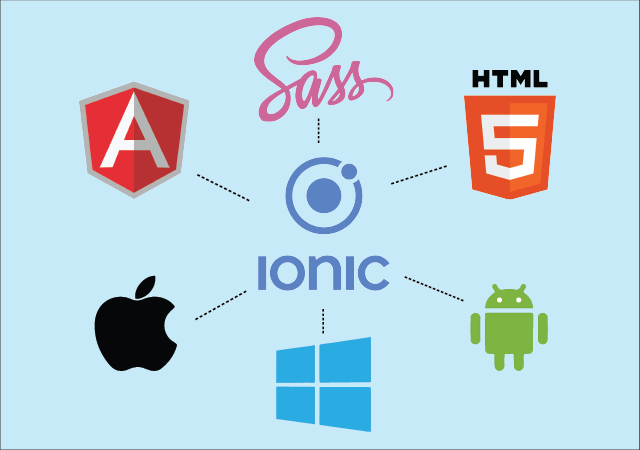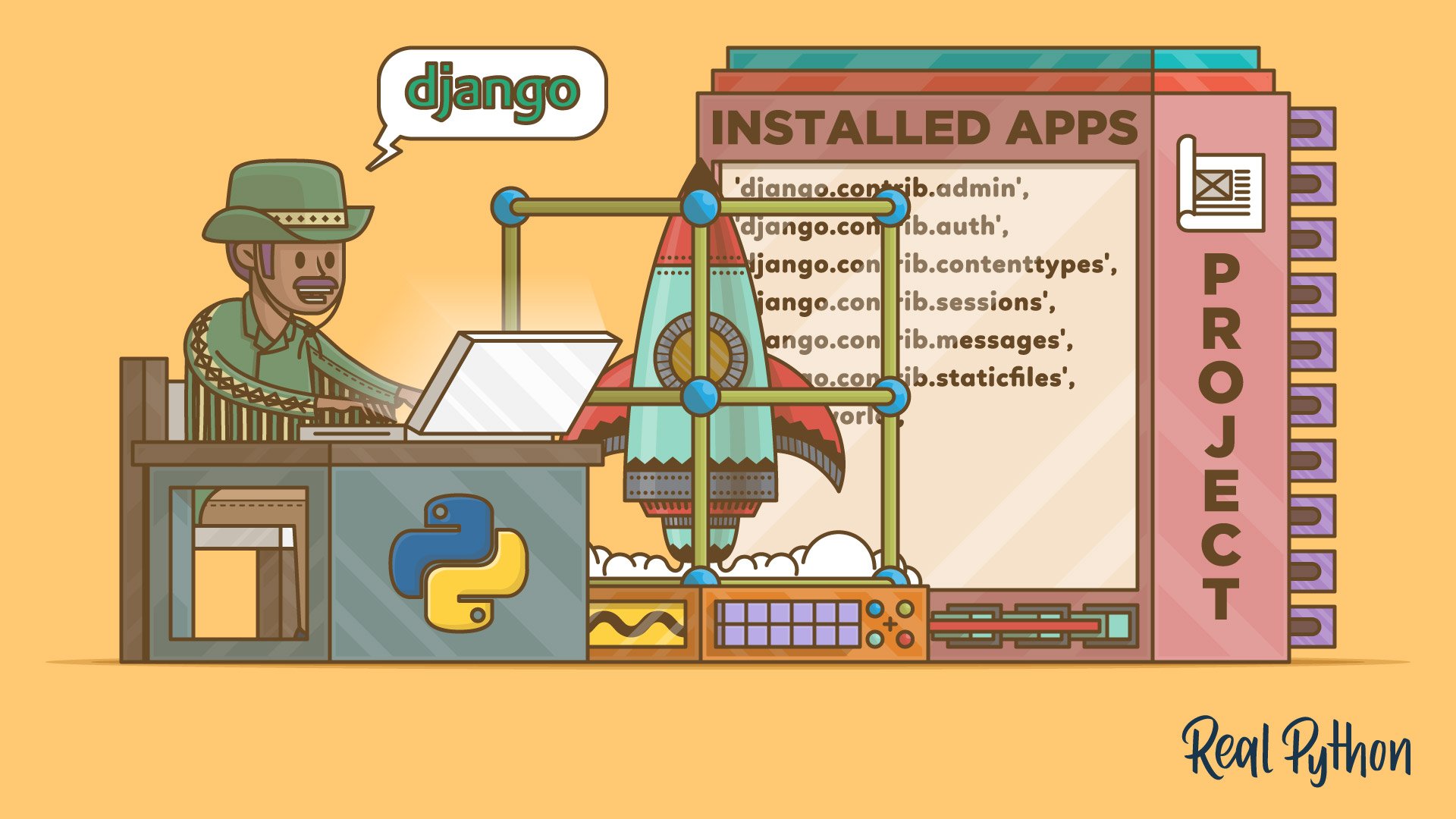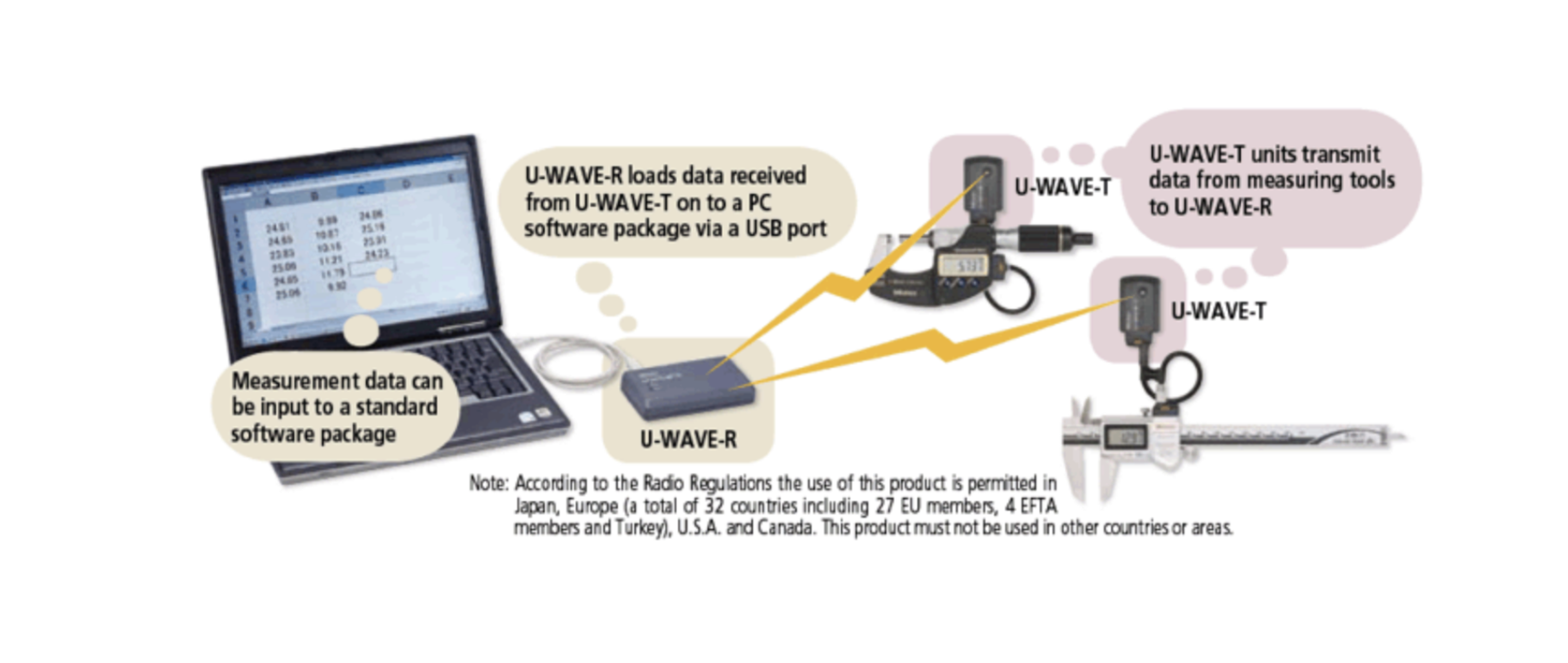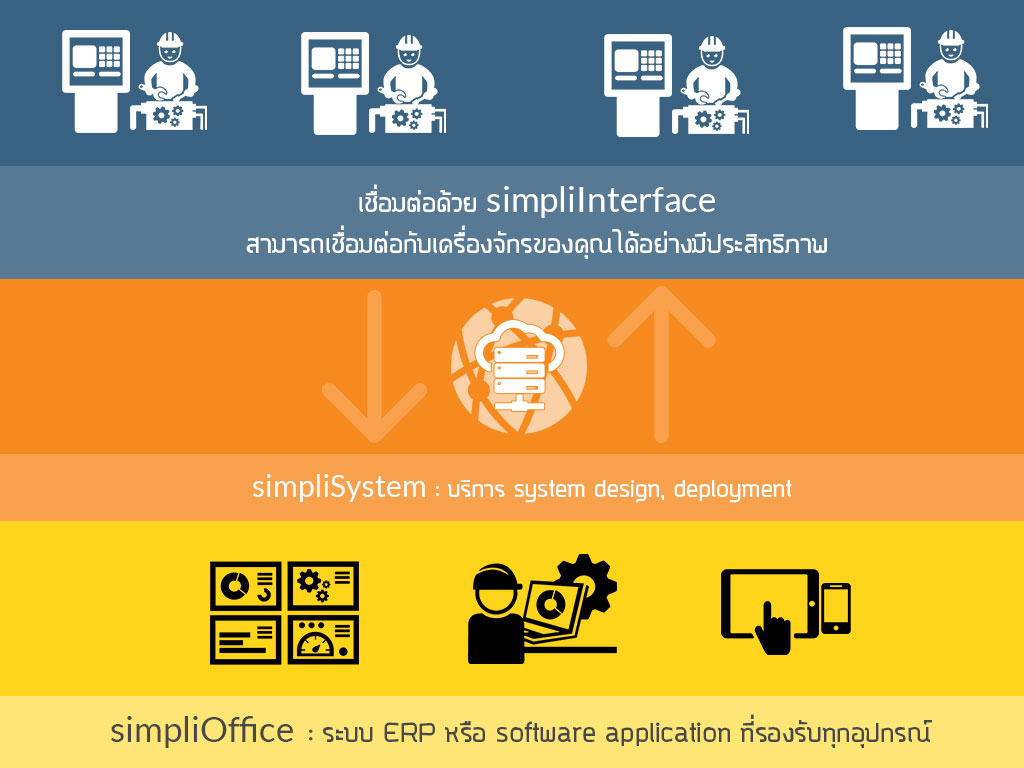When to Choose Rasa vs Langchain for Building Chatbots
As AI chatbots become central to user interaction, developers are increasingly faced with an important decision: Should I use Rasa or Langchain?
While both are powerful frameworks for building conversational agents, they serve very different purposes. Choosing the right one depends on your use case, goals, and how much control you want over the conversation and its logic.
In this post, we’ll break down the strengths of each and help you make the right decision.
🔷 What is Rasa?
Rasa is an open-source framework for building reliable, rule-based or machine-learned task-oriented chatbots. It provides everything you need for:
- Intent classification
- Entity extraction
- Dialogue state tracking
- Custom conversation flows
- Form handling
- On-premise deployment
Typical use cases:
- Customer support
- Order tracking
- Appointment scheduling
- Internal HR or IT assistants
Rasa shines in predictable workflows and enterprise environments where data privacy, hosting control, and explainable logic matter.
🔷 What is Langchain?
Langchain is a framework for building LLM-powered agents. Instead of defining rules and intents, you let a large language model like GPT-4 or Claude think, reason, and act using tools like:
- Document search (via vector databases)
- Web APIs
- SQL databases
- Custom functions (Python REPL)
Langchain is best when you want a bot that:
- Reads and understands long documents
- Answers questions from a knowledge base
- Writes code, emails, or reports
- Performs multi-step reasoning
⚖️ Rasa vs Langchain: A Quick Comparison
| Feature | Rasa | Langchain |
|---|---|---|
| Main purpose | Workflow-driven chatbot | LLM agent with tools & memory |
| Best for | Customer service, forms, lead gen | Document Q\&A, smart assistants, coding bots |
| Memory/Context | Dialogue state tracker | Chat history + vector store memory |
| Training | Requires NLU training data | Mostly zero-shot with LLM prompting |
| Hosting | Fully self-hosted possible | Usually cloud-hosted (depends on LLM API) |
| LLM integration | Optional (via response selectors or custom code) | Core feature |
| Ease of control | High — deterministic behavior | Less control — based on LLM generation |
| Language support | Multilingual with NLU pipelines | Multilingual with LLM capabilities |
✅ When to Choose Rasa
Go with Rasa if:
- You need deterministic conversations with clear rules
- You want on-premise hosting and data privacy
- You’re handling structured workflows like ticketing or booking
- You need multilingual support with control
- You want fallback mechanisms and detailed analytics
Example:
A retail customer service bot that checks order status, initiates returns, and updates customer info across platforms.
✅ When to Choose Langchain
Choose Langchain if:
- You want a smart assistant that understands open-ended queries
- You need retrieval-augmented generation (RAG) from PDFs, Notion, etc.
- You want to use LLM tools (e.g., Google search, Python REPL, APIs)
- You’re building a bot that can reason, summarize, or generate content
Example:
A legal assistant that answers questions by reading PDF contracts and summarizing clauses.
🔁 Bonus: Use Rasa with Langchain
You don’t have to choose just one. For the best of both worlds:
- Use Rasa for controlling the conversation flow, intent recognition, and slot filling
- Call Langchain agents from Rasa when you need smart, generative answers
Example:
A support bot that handles product issues using Rasa, but sends queries to Langchain when a user asks to "summarize this user manual."
🧠 Conclusion
- Use Rasa for structured, explainable, task-driven bots with full control
- Use Langchain when you need flexible, intelligent, LLM-powered responses
- Combine both when you need structured conversations + smart reasoning
Understanding your users’ needs is the first step — then pick the right tool to serve them.
Get in Touch with us
Related Posts
- How to Build an AI-Resistant Project: Ideas That Thrive on Human Interaction
- Build Your Own Cybersecurity Lab with GNS3 + Wazuh + Docker: Train, Detect, and Defend in One Platform
- How to Simulate and Train with Network Devices Using GNS3
- What Is an LMS? And Why You Should Pay Attention to Frappe LMS
- Agentic AI in Factories: Smarter, Faster, and More Autonomous Operations
- Smarter, Safer EV Fleets: Geo-Fencing and Real-Time Tracking for Electric Motorcycles
- How to Implement Google Single Sign-On (SSO) in FastAPI
- Build Your Own Taxi Booking App with Simplico: Scalable, Secure & Ready to Launch
- Building a Scalable EV Charging Backend — For Operators, Developers, and Innovators
- How to Handle Complex Pricing for Made-to-Order Products in Odoo
- How to Build a Made-to-Order Product System That Boosts Sales & Customer Satisfaction
- Transform Your Operations with Autonomous Agentic AI
- Streamline Fiber Tester Management with a Lightweight EXFO Admin Panel
- Enhancing Naval Mission Readiness with EMI Simulation: Cost-Effective Risk Reduction Using MEEP and Python
- Strengthen Your Cybersecurity Posture with Wazuh: A Scalable, Cost-Effective SIEM Solution
- OCPP Central System + Mobile App — Customer Proposal
- How TAK Systems Are Transforming Border Security
- ChatGPT-4o vs GPT-4.1 vs GPT-4.5: Which Model Is Best for You?
- Can Clients Decrypt Server Data Without the Private Key? (Spoiler: No—and Here’s Why)
- Managing JWT Authentication Across Multiple Frameworks














